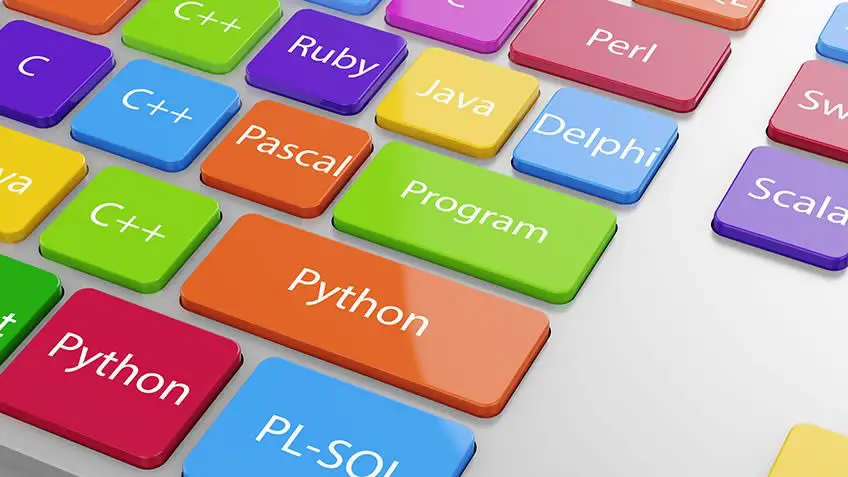The simplest definition of a database is this; it is a set of data normally held on a computer that can be accessed in many ways. That definition actually shows you that there must be different types of users that can access a database. Databases fall under the domain of what we call data structures in computer studies. A database usually stores data in a structured manner. In this article we shall be discussing the different types of database users or users that access a database.
Table of Contents
Brief Overview Of What A Database Is
More often than not the structure stems from the use of tables, forms and fields, amongst other elements. As an example, a table would actually be the store medium of the input data. The forms will be the interface through which data or updated (entered, deleted or altered). The fields will be different attributes of a data set. Consider the example of Employees (every business or company has employees).
There would be a table for Employees and a corresponding form for Employees. Fields under Employees could be for instance, Full Name, Date of Birth, Department, Job Title, and so on. There are what are called relational databases which are commonly used nowadays. They are the very reasons why database users can be so many and varied. This is because they offer so many functional options that basic database would not offer. Let us now get into the different types of database users:
Database Application Programmers Or Coders
These type of database users are at the very core of the database application. Database Application Programmers Or Coders are the ones who do the actual coding to come up with the database application. They do this from an off the shelf application angle or from a custom written application angle. Normally custom written applications are developed from scratch by the client stipulating what they want the database application to do. On the other hand, off the shelf applications are developed as a general or universal application that can be applied to many similar contexts.
For instance, a payroll database system can be developed as an off the shelf application. Same goes for applications such as accounting or human resource management. Either way these type of database users will be having an intimate knowledge and skillset on how to develop, maintain and enhance the database application, amongst other things. It is also worth noting that these database users can have a wide range of titles e.g. software engineers, system analysts, database designers and so on. However, we can look at a systems analyst separately.
System Analysts
System analysts are one of the types of database users. A system analyst is someone who usually has a say in every aspect of the database management system. He is the first person the line to even be contacted. He or she determines the design, structure and properties of a database management system. He or she does this by liaising with the various stakeholders involved. The system analyst ensures that all considerations are taken into account. We are talking about things like financial and technical aspects. The reason why we included a system analyst under the previous category of database users is because some system analysts are all-rounders. However, some system analysts will have to identify programmers or coders because they will not be having that skillset. System analysts are an important type of database users.
Database Administrators
These type of database users are also known as DBA – which is the acronym for database administrators. These are people who have unlimited access to the database. They wield lots of administrator privileges such determining access protocols for the various end users. They also oversee the whole database in order to make sure everything is in its proper order. For example, it is database administrators that can detect incidences of unauthorized access. It is also database administrators who are responsible for troubleshooting when there are errors or challenges arising in the use of the database. An overview of the responsibilities of this database user type would be definition of relational database schema, maintaining database security, and evaluating overall database performance, just to mention a few.
General End Users
End users are another type of database users. They have access to the database for purposes in line with their specific roles and responsibilities. The levels of access will obviously differ – something we already mentioned that database administrators determine. Most end users will access the database to update data or information. This usually entails making new entries or editing existing ones. This type of database user can also access the database for the purpose of making queries or getting reports.
For instance, in a Microsoft Access database you can have queries coded and reports coded by an application developer. This would mean that an end user will simply have to click or choose options that bring back respective queries or reports in line with what they want. These types of database users are often not knowledgeable with the inner workings of the database application. They just know that they get certain tasks done if they follow certain prompts.
Sophisticated Users
These type of database user do not necessary use a database using the database application setup as is. They can come up with their own application that they integrate with the existing one. This is usually informed by the unique needs that they might be having. This can be easily done by the use of what are called SQLs – standard query languages. This usually stems from scenarios where the existing database does not satisfactorily cater for that particular user’s needs.
Those are the five most common types of database users. Some database users can fall under just one category whereas it is possible for some to overlap into other categories.






